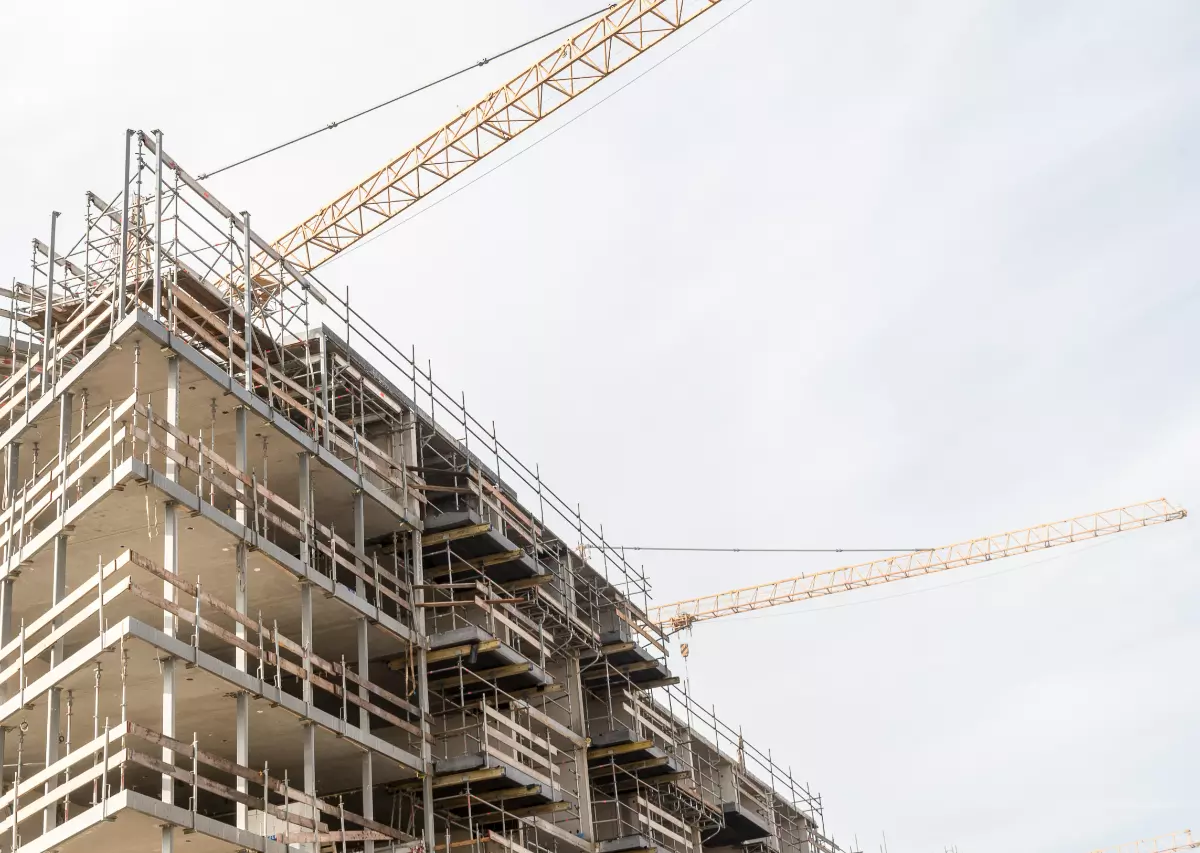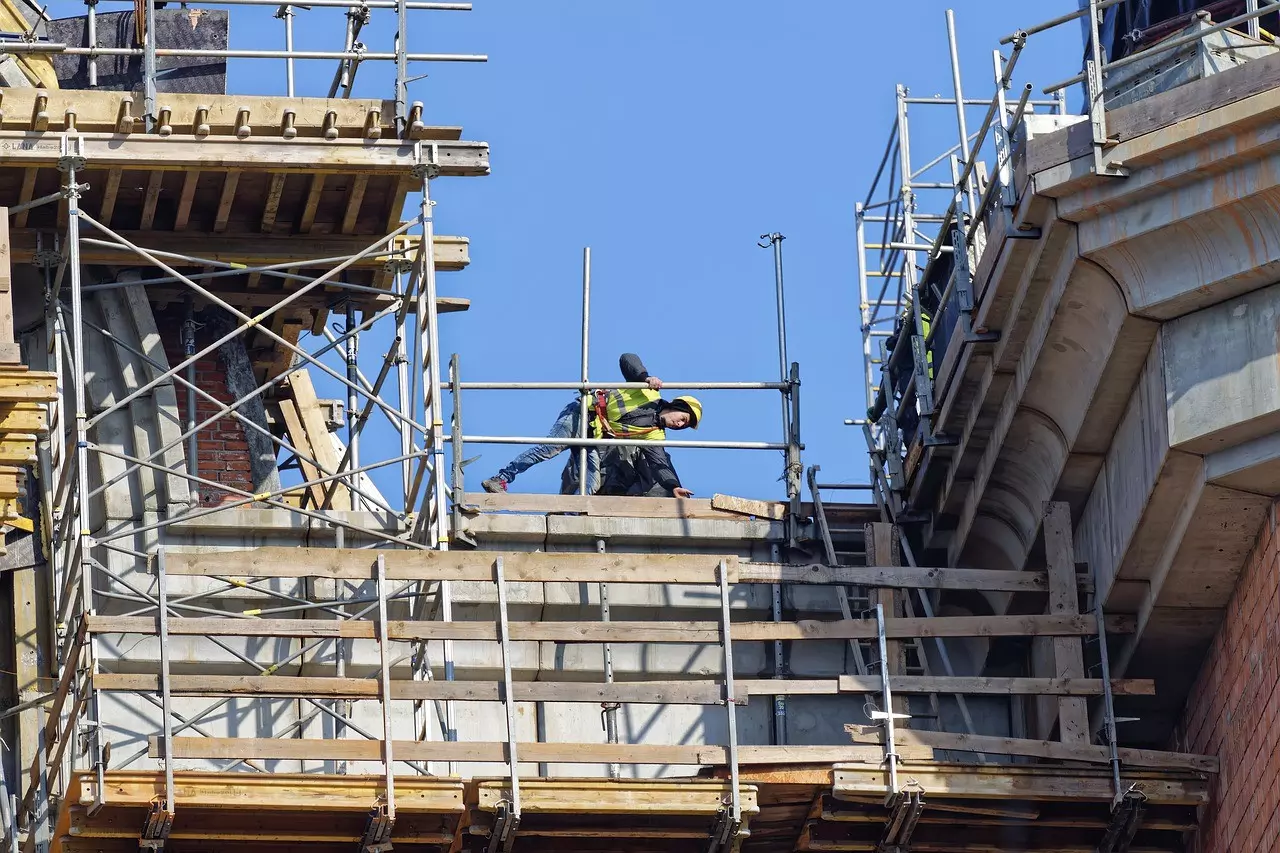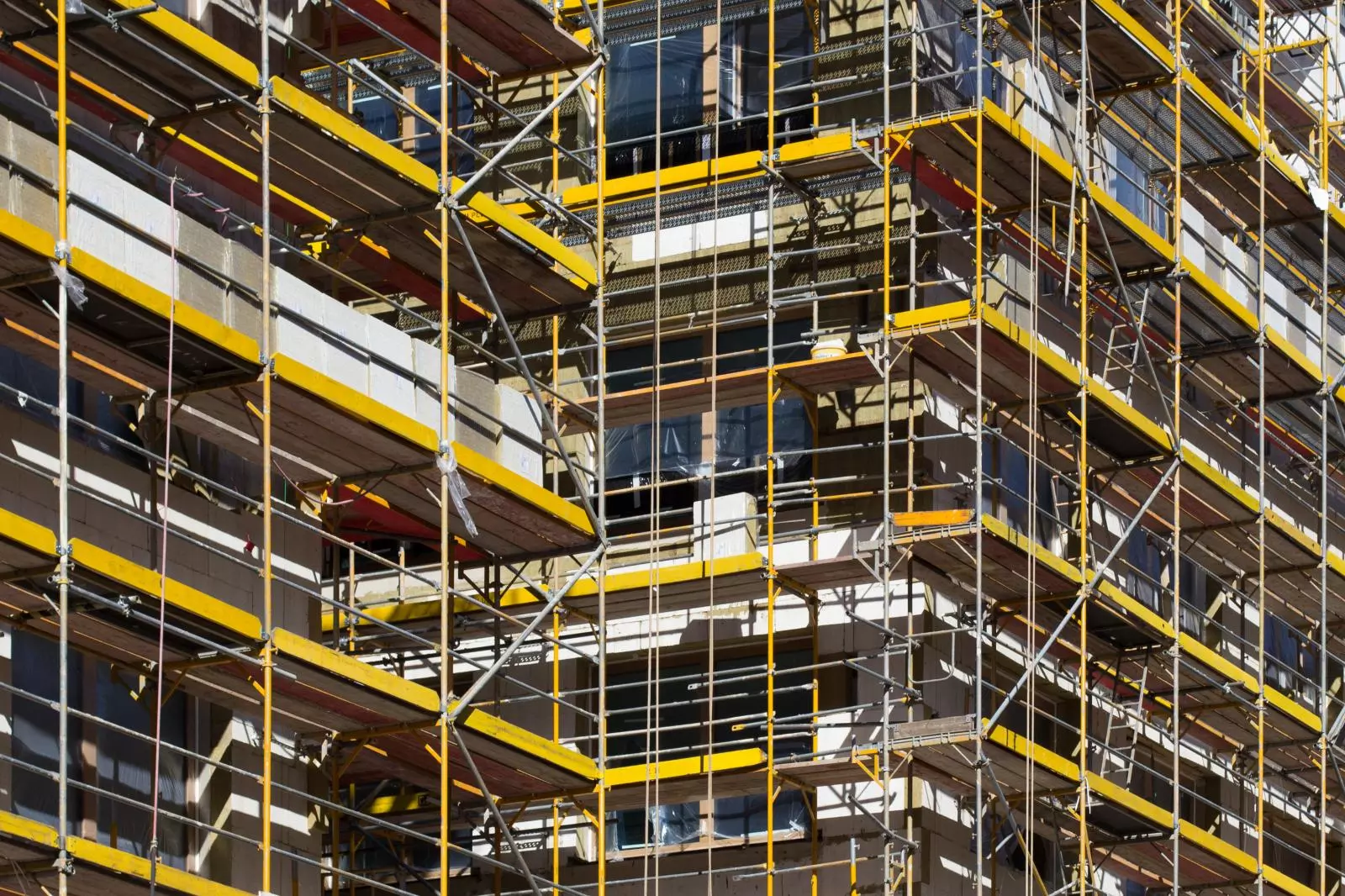Who is responsible for scaffolding on a work site? This article looks at who can put up scaffolding and who is competent to inspect a scaffold.
Who Is Responsible For Ensuring The Safety Of Scaffolding?
Scaffolding in some form is used as a requirement for many building, renovation, and other construction jobs.
Professional scaffolding businesses are able to determine whether a project should take advantage of either basic or standard constructs.
They will also be able to design a scaffolding construct that pairs well with the requirements for the project at hand. They should also ensure that all the necessary permits and insurance policies are in place.
As with all aspects of construction, safety is of the utmost importance when it comes to both scaffolding design and scaffolding use.
Public Safety
The safety of the public is incredibly important. Poorly put together scaffolding can lead to damage to property and injury and a devastating loss of money for everyone involved in the project.
Keep in mind that it is not only the scaffolding itself that is dangerous but also any people or objects found atop.
Any scaffolding companies used should have public liability insurance.

This will protect against all kinds of potential financial losses that are caused by damage or injury. Of course, the insurance does nothing to actually prevent accidents from happening, that responsibility lies with the scaffolding company.

Working At Heights
For users who work regularly on scaffolding structures, it is absolutely necessary to have been through training to be able to safely work at heights.
The training ensures that everybody who is involved with the putting up or use of the scaffolding remains safe.
There are various factors to consider when you are taking into account the safety of scaffolding and the people using it.
The height alone creates multiple potential hazards. Not only do people working on the scaffolding have the potential to fall, but anything dropped from a height could prove fatal.
User Safety
Whenever working on scaffolding, the structure should be secure and rigid. Users should never be in any unnecessary danger where they would be liable to injure themselves.
They should also be provided with all the appropriate equipment. This includes protective items of clothing. It is the responsibility of the worker to ensure they are using the equipment they are provided with.
Permits And Safety Inspections
In some situations, it can be a legal requirement for a scaffolding business to apply for and be approved a permit before they can start their scaffolding construction.
This is most common when the scaffolding work will be placed on a public space, this includes public footpaths.
It is a legal requirement to carry out safety inspections no matter where scaffolding is placed.

A competent scaffolding professional needs to check the construct before it is used, after any alterations have been made, following a bout of extreme weather, and at least once every seven days. This is done to ensure that the structure remains safe to use.
Who Can Put Up Scaffolding?
If you require scaffolding to be erected, you must always use a builder or a scaffolding contractor who are trained and skilled at putting up scaffolding.
This means that they must have all the necessary experience and knowledge to manage health and safety. A qualified scaffolder should hold a valid Construction Industry Record Scheme (CISRS) Card.
Who Is Competent To Inspect A Scaffold?
The laws surrounding scaffolding specify that anyone who carries out an inspection must be fully competent enough to do so.
To be competent in the eyes of the law, the worker must have the required experience, knowledge, and training. The minimum that the NASC recommends is the following:
A CISRS Scaffold Cardholder
A CIRS Scaffold Cardholder is always deemed competent enough to inspect scaffolding structures that are covered within the CISRS Part One and Part Two courses. This is provided that the employer can prove that they have all the necessary experience and expertise
A CISRS Advanced Scaffolder
They are of course also deemed competent enough to inspect scaffolding structures. The change here is that they can inspect scaffolding covered in CISRS Part One and Part Two and Advanced courses. This is provided that their employer can prove they have all the necessary expertise and experience.
Basic CISRS Scaffold Inspection Trainee
If a person has been on a CISRS Basic Scaffold Inspection Training Scheme Course SITS, they would be deemed competent enough to inspect a basic scaffold structure. Like with the previous choices, this is provided that the employer can prove the worker has all the necessary experience and expertise. They also need to have passed the knowledge test at the end of the course.
Advanced CISRS Scaffold Inspection Trainee
Workers who have been on a CISRS Advanced Scaffold Inspection Training Scheme Course for a minimum of two days are deemed competent to do inspections on complex structures. This is provided that their employer can prove they have all the necessary expertise and experience and pass the knowledge test done at the conclusion of the course.
Scaffolding Services Near Me
Are you looking for scaffolding services in Poole, Dorset and the surrounding areas? Follow the links below to get a quotation.

